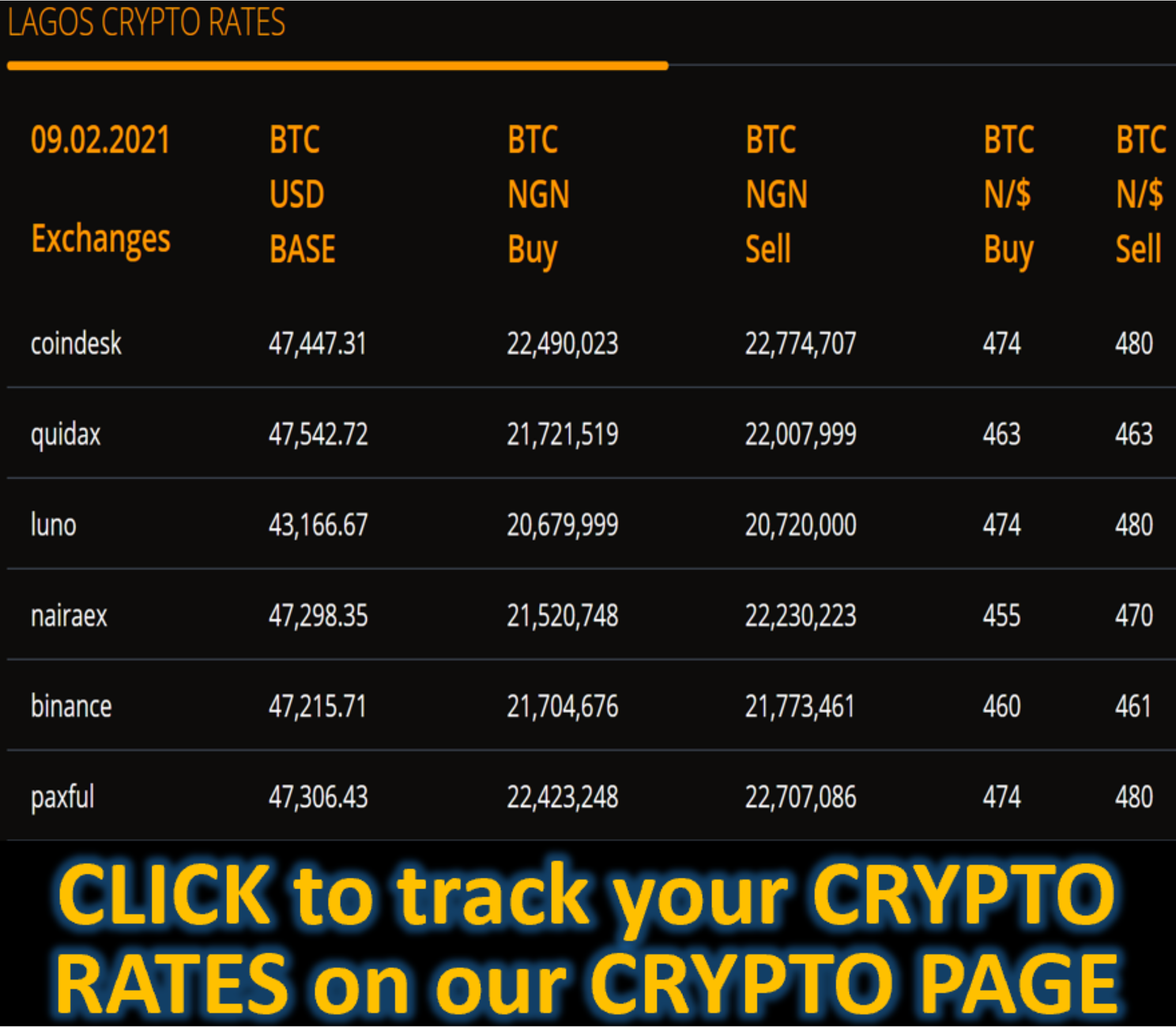Market News
Is November the New October? Here’s What Bitcoin Price Data Actually Shows - COINDESK
Bitcoin's price performance in November has a significant reputation among traders, as some market narratives suggest that it is the best month for the largest digital asset. So much so that some even named it "Moonvember: a meme on bullish seasonality of the month's historical price action.
And who can blame them? Based on historical data, from 2013 to 2025, Bitcoin's average (mean) gain was nearly 42%, the largest gain among all other months, according to CoinGlass Bitcoin Monthly Returns heat map. This is even bigger gain than October (or "uptover" if talking seasonality memes): a month that is also supposed to have big gains for the crypto sector.

However, zooming out, a proper analysis of the data shows that the "Moonvember's" 42% figure is distorted by a single event: 2013's more than 449.35>#/p### Advertisement
Without that outlier, the median gain is just 8.81%, painting a far different picture of a "typical" November.
That distinction — mean vs. median — matters. The median describes a typical November across cycles. The mean is sensitive to outliers, and 2013 stands out significantly from the other months.
Examining the November column in the heatmap, the spread between losses and gains explains why “November is strong on average” is a descriptive historical trend, not a price signal.
Deep losses in 2018 (-36.57%), 2019 (-17.27%), 2021 (-7.11%), 2022 (-16.23%)
Solid gains in 2020 (+42.95%), 2024 (+37.29%), and a quieter 2025 (+0.54%).
The heat map does show supportive history in places — October’s average is +19.92% with a median +14.71% — but seasonality never guarantees outcomes in any single year. In practice, traders look for confirmation in price charts, such as breakthroughs in defined resistance, improving breadth, and higher volume, rather than making trades based solely on historical data.









